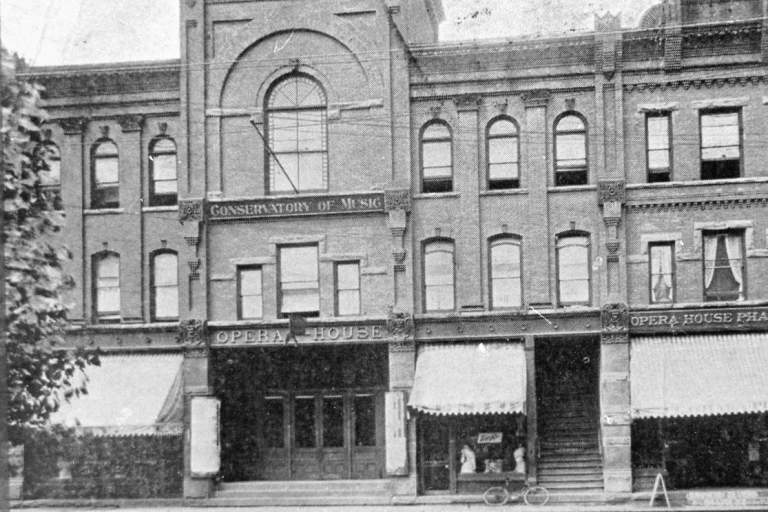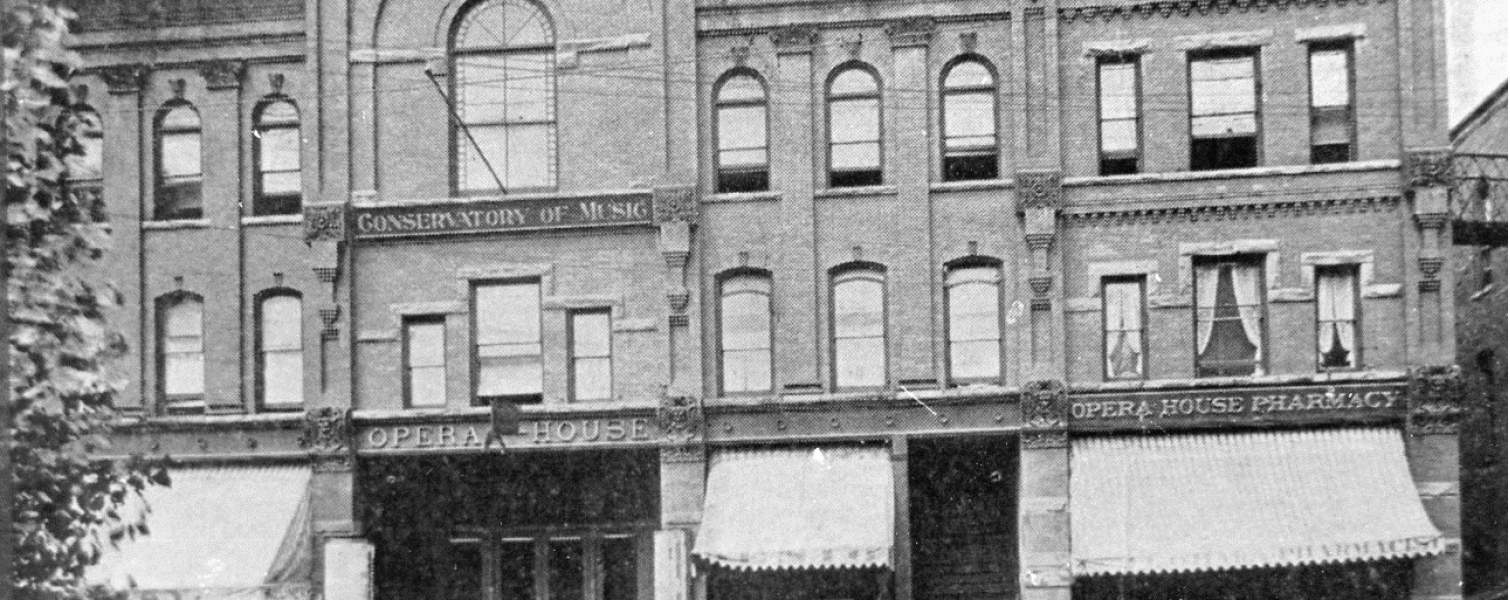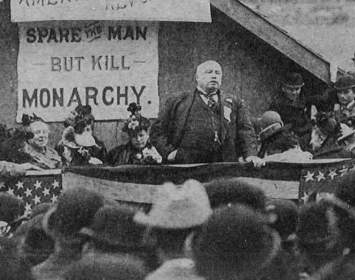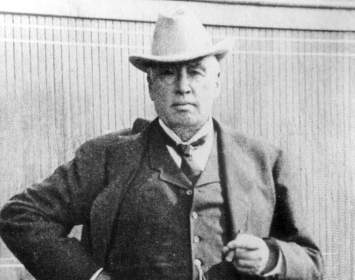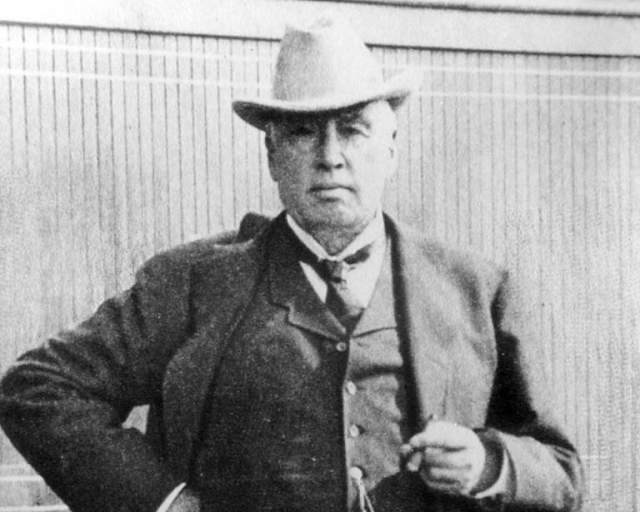On Friday, May 4, 1894, Robert Green Ingersoll, America's leading freethought orator, delivered his political lecture "Lincoln" at the Corning Opera House.
The Opera House occupied the northwest corner of Pine Street and Cintra Lane West, essentially an alley. Its construction date is unknown. In February 1923, it became the State Theatre, which stood until 1955 when it was demolished and became part of the footprint of a large Woolworth's store. It is unclear when the Woolworth's store was razed, but the site is now a parking lot.
Thanks to Timothy Binga and Hex Kleinmartin for research assistance.
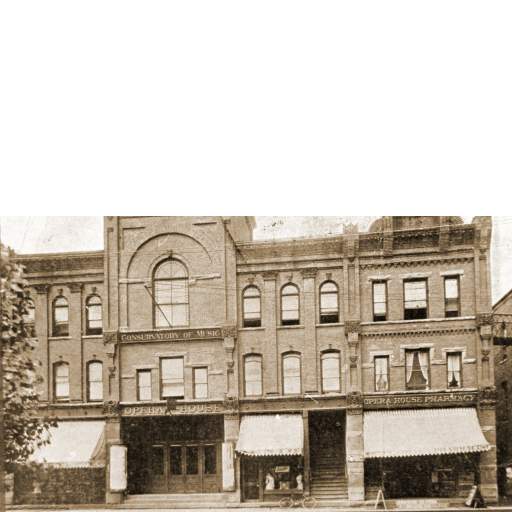
Corning Opera House
Period architectural photograph of the Corning Opera House, apparently taken from across Pine Street.
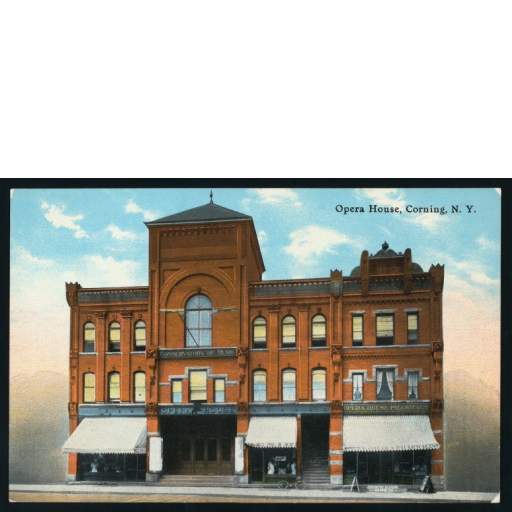
Postcard View of Corning Opera House
Colored picture-postcard view of the Corning Opera House, date unknown.
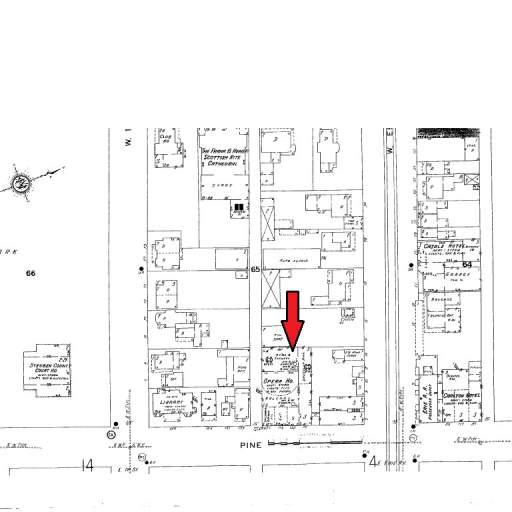
Corning Opera House Location
This 1930 fire insurance map shows the location and approximate layout of the Corning Opera House (red arrow). The alleyway to the left of the Opera House, at one point marked "65" on the map, is Cintra Lane; the alley remains today. The wide thoroughfare well to the right of the Opera House is the double-track right-of-way of the Erie Railroad; today that route is occupied by Denison Parkway. Image courtesy of Hex Kleinmartin.
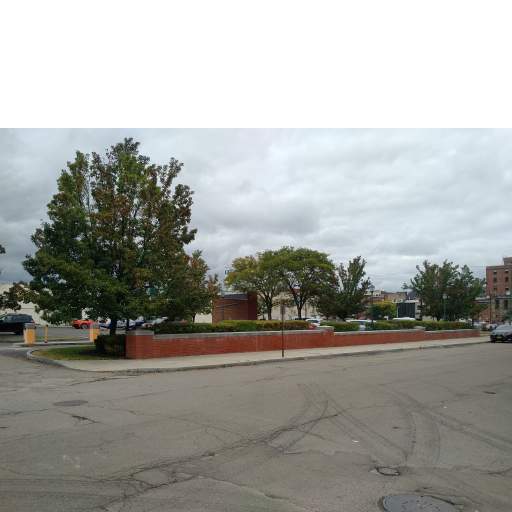
Opera House Site
The Corning Opera House site is now a parking lot. From 1955 until its unknown demolition date, the site was occupied by the Opera House's immediate successor, a Woolworth's five-and-dime store.
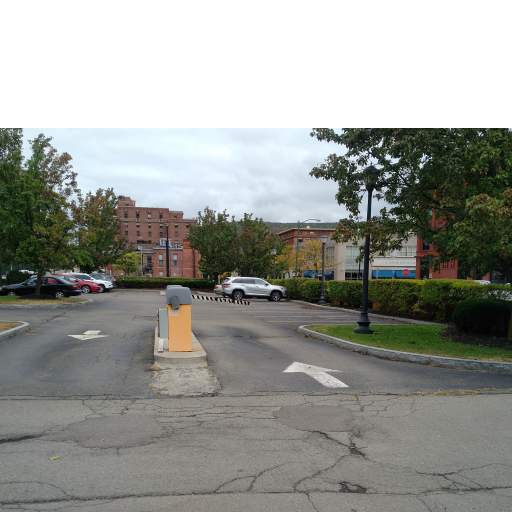
Looking toward Gaffer District
This image looks north down the length of the present-day parking lot. In the background, across from Denison Parkway (the former Erie Railroad right-of-way, here concealed behind hedges) are buildings of downtown Corning's tourism-focused Gaffer District. At left, rising above the rear of a facing low brick building can be seen the upper stories of the former Baron Steuben Hotel, now a welcome center and office building. At right, the gray concrete building with blue awnings is the Corningware Outlet, a downtown landmark.
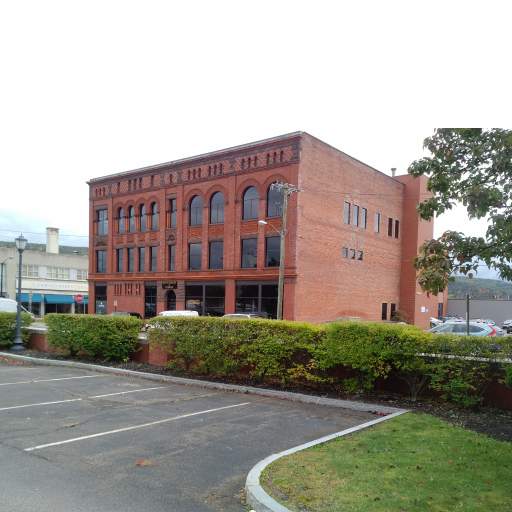
Across Pine Street
Looking across Pine Street from the Opera House site is a nineteenth-century building the design of which suggests that it, too, might have housed an auditorium on its second or third floor. If there was another opera house directly across from the Corning Opera House, Freethought Trail research has not yet found a record of it.
